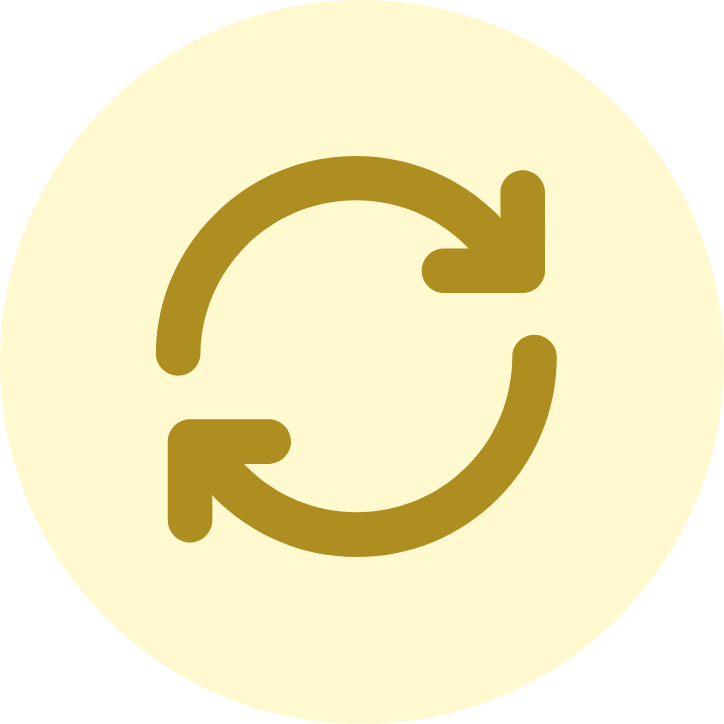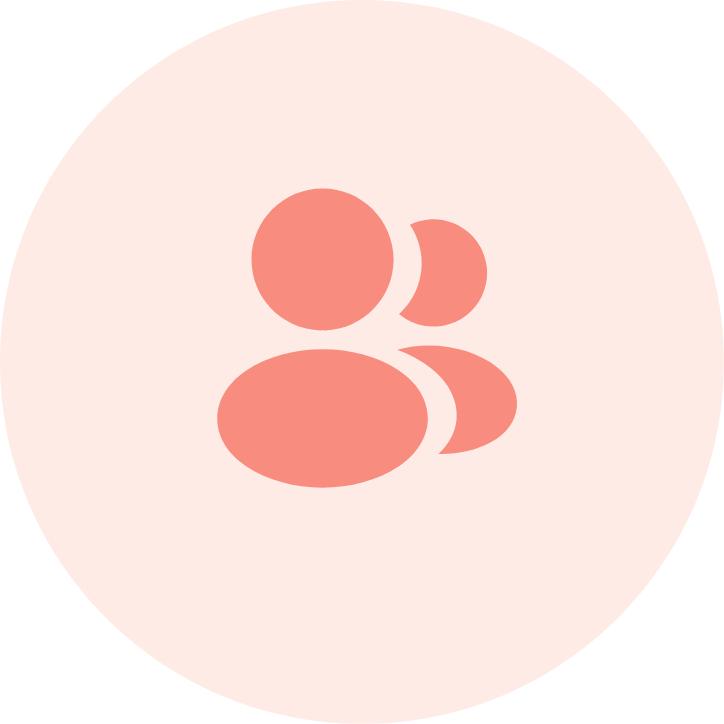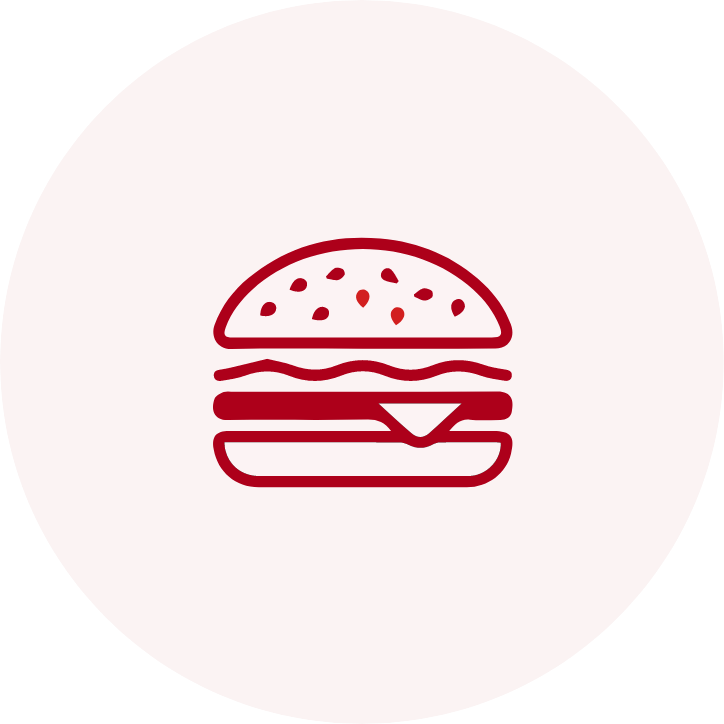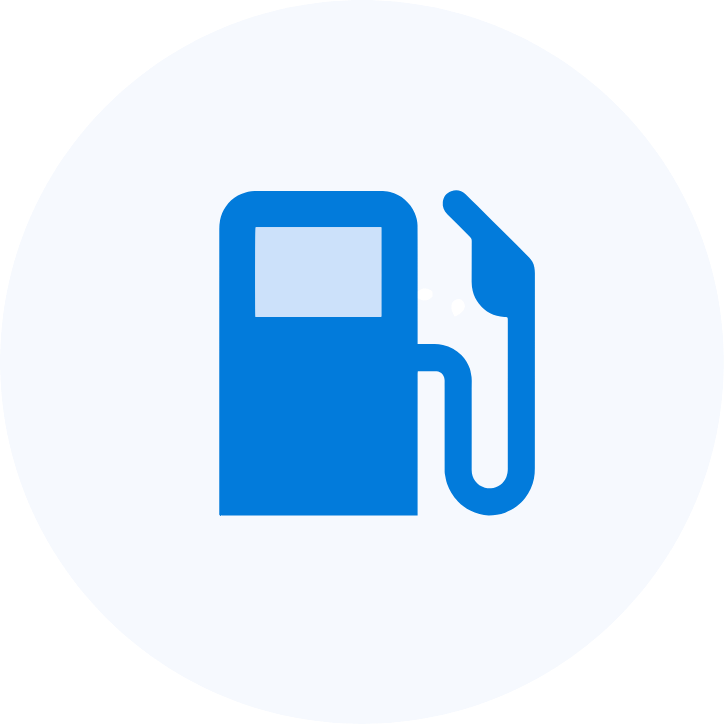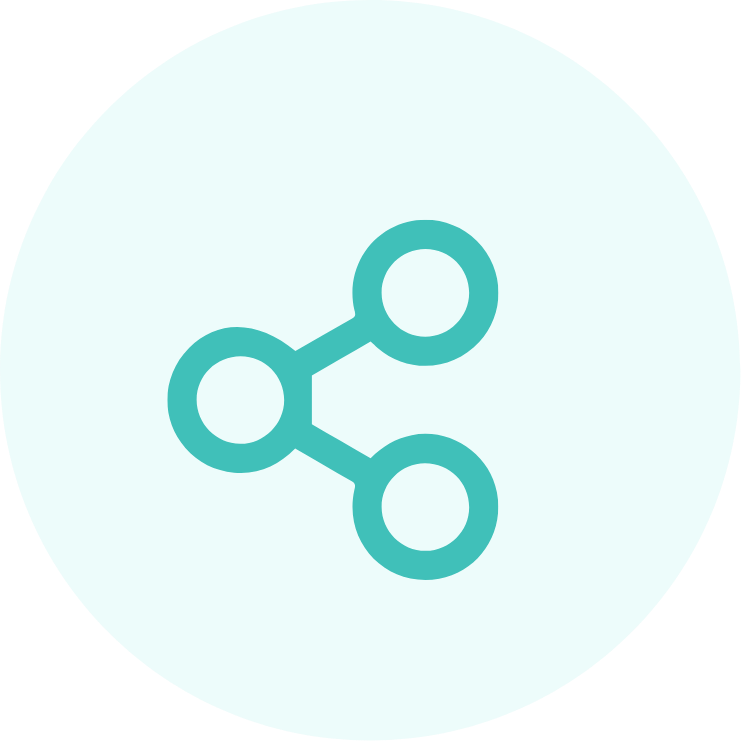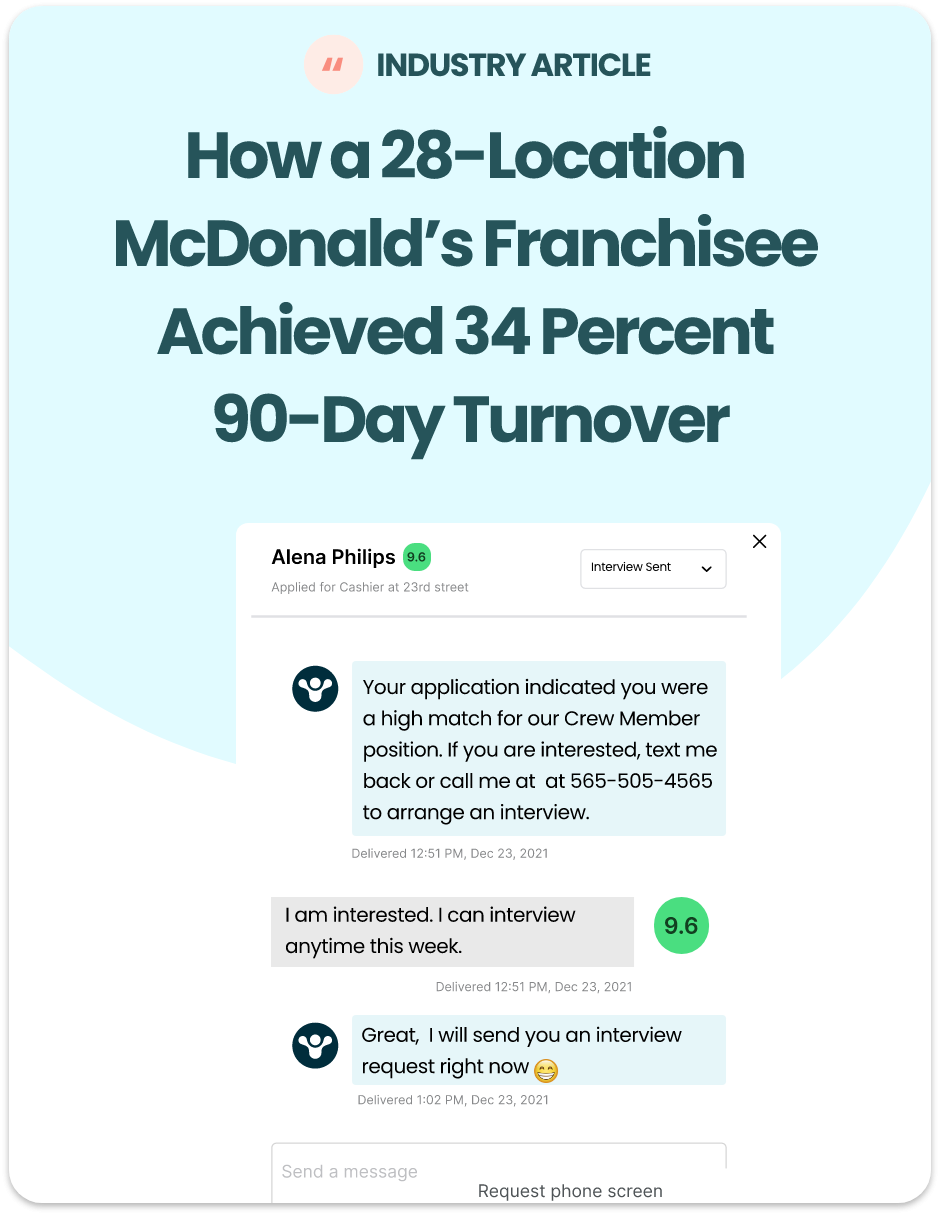AJ Richichi is the CEO of Sprockets, a hiring platform that connects millions of hourly workers with the world’s most influential brands.
Millions of workers are still missing from the labor force, causing understaffed businesses across the country to increase pay, benefits and flexibility. After all, they just need to get more people to apply, right? New research suggests otherwise.
In the same market where businesses can’t seem to find workers, job seekers report their biggest challenge in finding work is not getting interviews. So is it a lack of applicants or a mismatch in expectations between managers and a workforce that’s more likely to “ghost” a potential employer if the hiring process isn’t serving them? Let’s take a look at what’s likely contributing to the rise of ghosting, which is costing companies billions of dollars, and how to circumvent this challenge.
The Twists And Turns That Led Us Here
Ghosting, for those who don’t know, refers to when someone applies to a job but is unresponsive to outreach. It can occur at any point in the hiring process, whether it’s immediately after the application, a phone screen, an interview, an offer letter or even an accepted offer. (One in five “ghosters” have accepted an offer and then ghosted on their very first day.)
1. The Gap Between Job Openings And Job Seekers
The Covid-19 pandemic created an unforgiving labor market for employers, particularly those that rely on the hourly workforce. Between 2021 and 2023, the unemployment rate vacillated from 3.5% to 14.7% and back. Those fluctuations are twice what we see for the average recession, and they both happened within a 36-month period.
There was a major problem, though. For the first time, the number of job openings surpassed the number of unemployed workers. Even if everyone who was unemployed took a job, there wouldn’t be enough of a workforce to keep up with demand.
2. The Introduction Of ‘Click-to-Apply’ Culture
After the Great Resignation and the Great Reshuffle came the Great Rehiring, with companies becoming desperate for applicants. HR platforms adjusted to the swing with reactionary functionality to remove friction from the application process, including the introduction of one-button apply. It became easier and faster to apply for jobs than double-tapping pictures on Instagram. Almost overnight, people went from applying to three or four jobs in a day to 25 in minutes.
Check out the article on forbes.com.


